
Last Updated on November 8, 2025 by David
Essential Insights: Optimal Resealing Frequency for Enhanced Longevity of Your Porcelain Tiles
- Porcelain tiles typically do not require sealing on their surfaces; however, it is vital to reseal grout lines every 1 to 2 years to avert staining and mitigate the risk of moisture absorption.
- In areas with high foot traffic such as kitchens and hallways, it is necessary to reseal more frequently compared to less-trafficked spaces like guest bathrooms.
- The water drop test offers a simple and effective method to ascertain when resealing is needed—if water is absorbed by the tile or grout, this indicates that resealing is imperative.
- Choosing the right sealer is contingent upon the type of tile and its specific location; penetrating sealers are most effective for unglazed porcelain and grout.
- Avoiding common mistakes such as over-sealing, using harsh cleaning agents, or ignoring grout lines can significantly enhance the effectiveness of resealing while preventing potential damage to the flooring.
Explore the Diverse Types of Porcelain Tiles Available in the Market
Professional Recommendations: Top Cleaning Products for Maintaining Grout
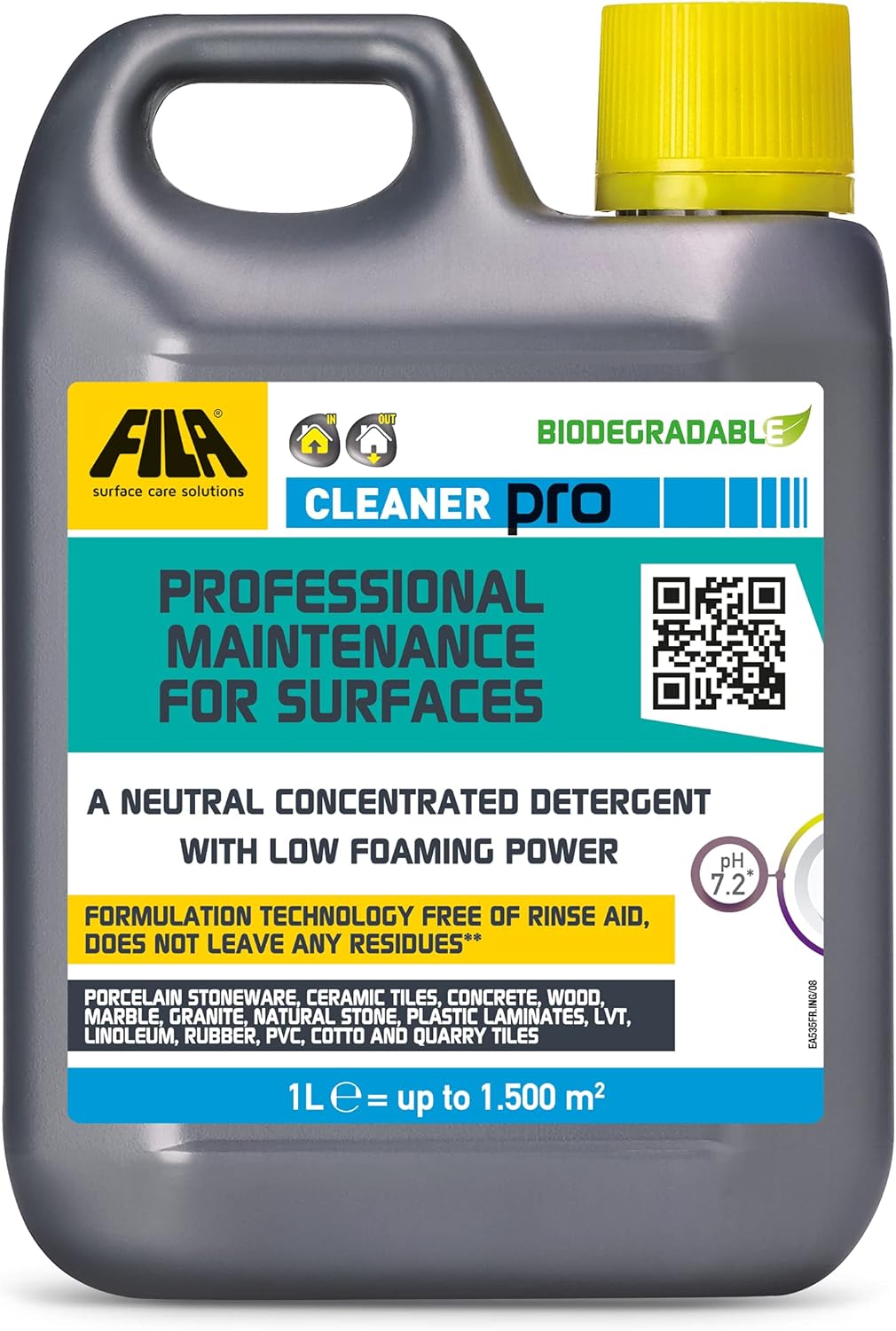
Fila Pro Floor Cleaner
|

Lithofin MN Stain Stop
|
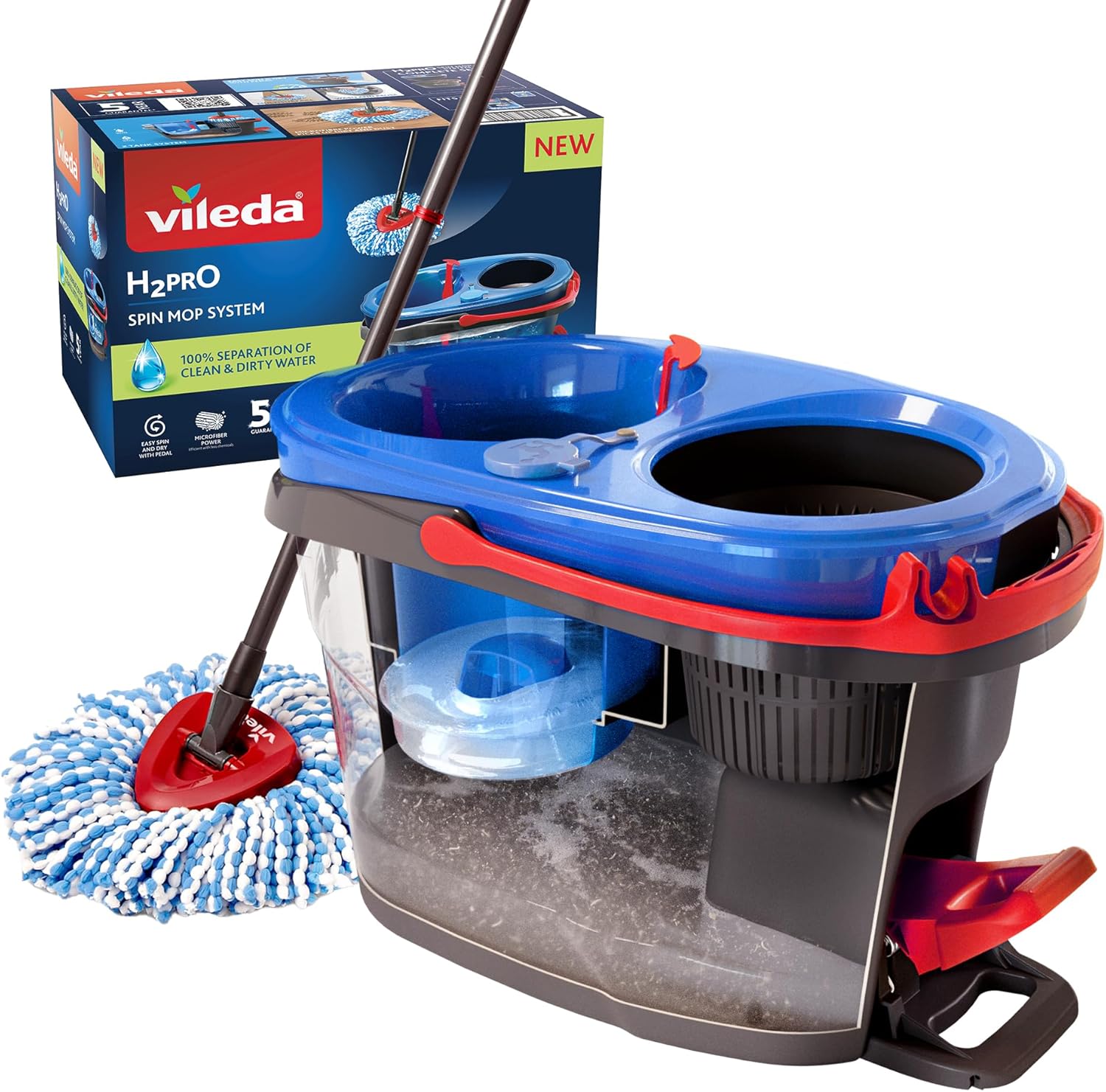
Vileda H2PrO Spin Mop System
|
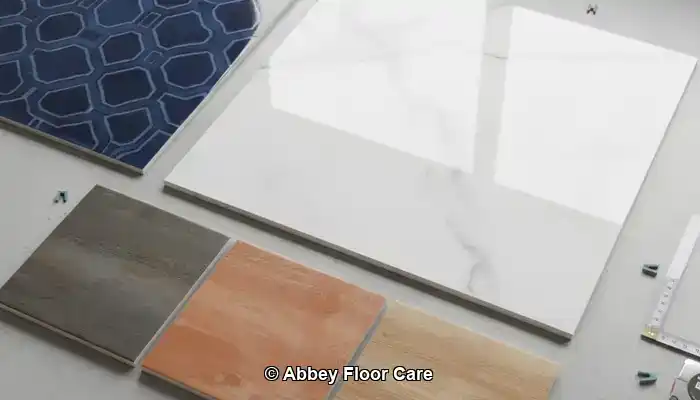
Comparing Glazed and Unglazed Porcelain Tiles: What You Need to Know
When it comes to porcelain tiles, there are two primary finishes: glazed and unglazed. Glazed porcelain tiles are equipped with a protective coating that is baked onto their surface, which significantly enhances stain resistance and allows for a variety of aesthetic effects. In contrast, unglazed porcelain features a natural, matte finish that is frequently preferred for its exceptional slip resistance and durability in high-traffic areas. While glazed tiles typically do not necessitate sealing, unglazed tiles are more porous and require regular resealing to thwart moisture absorption and staining.
Understanding the Distinctions Between Ceramic and Porcelain Tiles
Although often mistaken for one another, ceramic and porcelain tiles exhibit notable differences in terms of density, water absorption rates, and overall durability. Porcelain tiles undergo firing at significantly higher temperatures, resulting in a denser and less porous material compared to ceramic tiles. This property makes porcelain particularly suitable for areas with high moisture exposure, such as kitchens and bathrooms. Grasping these distinctions allows homeowners to establish appropriate sealing schedules and select suitable cleaning products tailored to their specific needs.
Understanding the Growing Popularity of Porcelain Tiles in UK Homes
In recent years, porcelain tiles have surged in popularity among homeowners across the UK due to their minimal maintenance requirements, versatile aesthetics, and compatibility with underfloor heating systems. Their ability to emulate the appearance of natural stone or wood, combined with remarkable durability, makes them an attractive choice for both modern and traditional interior designs. Homeowners appreciate porcelain tiles for their long-lasting performance, especially when paired with consistent sealing and maintenance practices.
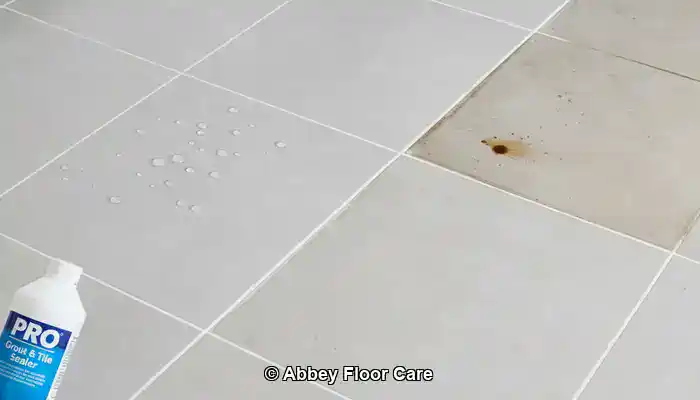 Understanding the Importance of Resealing for Sustained Care of Your Flooring
Understanding the Importance of Resealing for Sustained Care of Your Flooring
Analyzing the Maintenance Needs of Grout and Tile Surfaces
Despite the fact that porcelain tiles generally exhibit low porosity—particularly when glazed—the grout lines are inherently more absorbent and susceptible to staining. While the tile surface may effectively repel moisture, the grout can readily absorb spills, dirt, and residues from cleaning agents. Resealing creates a protective barrier that safeguards the grout from discoloration and degradation, especially in high-exposure areas such as kitchens and bathrooms, where moisture levels are consistently elevated.
Enhancing Moisture Resistance and Preventing Stains
Consistent resealing substantially improves moisture resistance and diminishes the likelihood of stains infiltrating porous regions. In busy areas such as hallways and utility rooms, resealing helps preserve the floor’s appearance while preventing long-term wear. Homeowners who commit to a regular resealing schedule can significantly extend the life of both the tiles and grout, particularly in spaces exposed to moisture or cleaning agents.
Maintaining Aesthetic Appeal and Slip Resistance
Over time, tiles that are left unsealed or inadequately sealed may lose their original sheen, resulting in a dull or uneven appearance. Resealing not only helps to preserve the surface’s luster but can also enhance slip resistance, particularly when the appropriate product is employed. This consideration is crucial in areas like bathrooms and entryways, where damp surfaces heighten the risk of slips and falls. A properly maintained seal augments both safety and the visual appeal of the floors.
Key Factors That Affect Resealing Frequency for Your Flooring
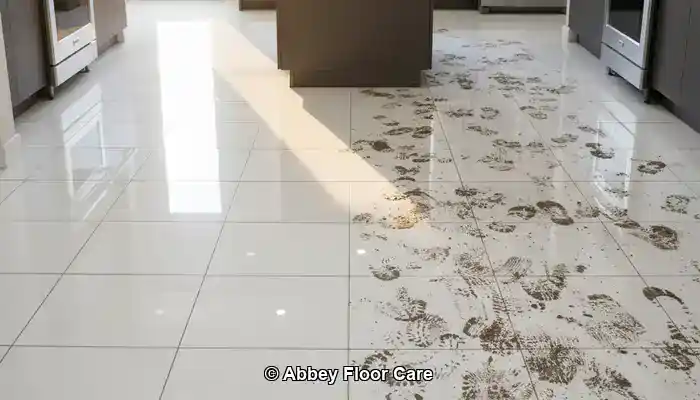
Assessing the Impact of Foot Traffic and Room Usage
High-traffic zones, such as hallways and kitchens, tend to show signs of wear more rapidly, exposing grout to increased dirt and moisture. Conversely, low-traffic areas such as guest bathrooms or spare bedrooms may not require resealing as frequently. Homeowners should evaluate the specific requirements of each room rather than applying a uniform resealing schedule throughout their home.
Understanding the Effects of Cleaning Products on Surface Durability
The utilization of harsh or acidic cleaning agents can accelerate the degradation of sealers, particularly along grout lines. Even products deemed safe for tiles can strip protective coatings if used excessively or improperly diluted. It is advisable to select gentle, pH-neutral cleaners to maintain the sealer’s integrity and help minimize the need for premature resealing.
Recognizing the Role of Indoor Climate and Airflow
Humidity levels and airflow are critical factors influencing how quickly grout and tile surfaces dry post-cleaning. Insufficient ventilation can result in prolonged moisture exposure, which may undermine sealers over time. Homes with proper ventilation and balanced humidity levels generally maintain sealed surfaces for extended durations, especially in bathrooms and utility areas.
Need Help with Your Tiles? Contact Us for Professional Assistance and Guidance.
How Can You Determine If Your Tiles Require Resealing?
Recognizing Signs of Wear or Absorption
Visible changes in grout color, increased staining, or a lackluster tile surface may indicate that the seal has deteriorated. In frequently used areas, this decline can occur gradually, making it easy to overlook until dirt becomes more challenging to remove or moisture lingers post-cleaning.
Performing the Water Drop Test to Evaluate Seal Integrity
A straightforward technique to check for seal failure is the water drop test. Simply place a few drops of water onto the tile and grout, then observe whether they bead up or soak in. If the water is absorbed quickly or leaves a dark mark, it signifies that resealing is essential. This test proves particularly effective on unglazed porcelain and grout lines, which possess higher porosity.
Identifying Signs of Dullness and Grout Discoloration
Tiles that appear chalky or uneven in sheen may have lost their protective coating. Similarly, grout that darkens or exhibits patchy staining often suggests seal degradation. These visual indicators assist homeowners in determining whether resealing is necessary, even if the floor seems clean at first glance.
Selecting the Most Suitable Sealer for Your Porcelain Flooring
Comparing Penetrating Sealers with Surface Sealers
Pentrating sealers are designed to penetrate the tile and grout, establishing a protective barrier while preserving the natural aesthetics of the surface. They are especially effective for unglazed porcelain and grout lines, providing moisture resistance without altering the visual appeal. On the other hand, surface sealers create a noticeable layer and may enhance shine or texture. These are more frequently used on decorative tiles but can affect slip resistance if not selected with care.
Choosing Tile-Safe and Grout-Safe Sealing Products
Not all sealers are suitable for both tile and grout. It is crucial for homeowners to seek products specifically marked as safe for porcelain and compatible with cement-based grout. Using an inappropriate sealer can lead to hazing, residue accumulation, or diminished effectiveness. Carefully reading product labels and ensuring compliance with UK safety standards is essential for achieving long-lasting results.
Opting for Eco-Friendly and Pet-Safe Sealing Solutions
Numerous modern sealers are water-based and contain low levels of volatile organic compounds (VOCs), making them safer for indoor use. For households with pets or children, selecting a non-toxic, environmentally friendly sealer reduces exposure risks during application and drying. Such products typically require less ventilation and are easier to clean up afterward.
A Step-by-Step Guide to Resealing Your Tiles Successfully
Preparing Surfaces for Optimal Cleaning Results
Prior to resealing, it is essential to thoroughly clean the tile and grout using a pH-neutral cleaner. This process should involve the removal of all dirt, oils, and residues to ensure optimal adhesion of the sealer. Allow the flooring to dry completely, as any moisture trapped beneath the sealer can lead to hazing or an uneven application.
Necessary Tools and Techniques for Effective Application
Utilize a soft applicator pad, microfiber cloth, or brush, depending on the specific product and surface type. Apply the sealer uniformly across the tile and grout, working in manageable sections to avoid any overlap marks. Adhere to the manufacturer’s guidelines regarding coverage rates and take care to prevent pooling excess product in grout joints to guarantee even coverage.
Understanding Drying Times and Optimal Ventilation Approaches
Most sealers necessitate a drying time of approximately 2 to 4 hours before light foot traffic is permitted, while a full cure may take up to 24 hours. Open windows or use fans to promote airflow, especially in confined spaces. Avoid wet cleaning or placing rugs on the surface until the seal has completely cured to prevent imprinting or stickiness.
Recommended Resealing Frequencies Based on Area Usage
Identifying Resealing Needs in Kitchens, Bathrooms, and Hallways
As a general rule, kitchens should be resealed every 12 to 18 months due to frequent spills, cooking residues, and high foot traffic. Bathrooms often follow a similar timeline, particularly around showers and sinks where moisture exposure is common. Hallways, depending on their usage, might require resealing every 18 to 24 months to protect grout and maintain surface clarity.
Customizing Resealing for Low-Traffic Versus High-Traffic Spaces
In low-traffic areas such as guest bathrooms or spare bedrooms, a resealing schedule every 2 to 3 years may suffice. Conversely, high-traffic zones—including entryways, kitchens, and utility rooms—benefit from more frequent resealing. Homeowners should tailor their resealing timelines based on the specific usage of each space rather than adhering to a generic schedule.
Selecting Optimal Timing for Resealing Activities
Spring and early autumn present ideal conditions for resealing floors in the UK, offering moderate temperatures and favorable ventilation. It is advisable to avoid resealing during periods of high humidity or extreme cold, as these factors can adversely affect drying times and the effectiveness of the product. Synchronizing resealing with seasonal cleaning routines promotes consistency and enhances overall floor health.
Avoiding Common Mistakes When Resealing
Preventing the Dangers of Over-Sealing Your Floors
Applying excessive sealer or resealing too frequently can lead to surface buildup, hazing, or sticky residues. This issue is particularly prevalent with surface sealers that create a visible coating. Homeowners should adhere to manufacturer recommendations and refrain from resealing until the prior layer has worn away or failed.
The Risks of Harsh Cleaners Prior to Sealing
Using acidic or bleach-based cleaners can undermine the integrity of the tile and grout, complicating the sealer’s ability to adhere properly. Always opt for a pH-neutral cleaner prior to resealing to ensure the surface is safe and well-prepared for treatment. Strong chemicals may also leave residues that could interfere with the sealer’s efficacy.
Ensuring Grout Lines Are Included in the Resealing Process
Grout lines often represent the most vulnerable aspect of a tiled floor, yet they are frequently neglected during resealing. Overlooking grout lines can result in uneven protection and accelerated staining. Utilize a small brush or targeted applicator to ensure grout receives complete coverage, particularly in kitchens and bathrooms.
Frequently Asked Questions About Resealing Porcelain Tiles
Can I Reseal My Tiles Myself?
Absolutely! Many homeowners opt to reseal their porcelain tiles and grout independently by using widely available products. The critical factor is to meticulously follow the instructions, select tile-safe sealers, and ensure the surface is clean and dry before proceeding with the application. DIY resealing works especially well in low-traffic areas or for routine maintenance tasks.
What Is the Best Method to Test for Seal Failure?
The water drop test is a reliable approach. Simply place several drops of water on the tile and grout, then observe whether they bead up or soak in. If the water is absorbed swiftly or creates a dark spot, the seal is likely compromised, indicating that resealing is advisable.
Which Products Are Considered Safe for Homes with Pets?
Seek out water-based sealers with low VOC levels and labels confirming non-toxic or pet-safe certification. Such products minimize exposure risks during application and drying, making them suitable for households with pets or children. Always ensure adequate ventilation and keep pets away from the floor until the seal has fully cured.
Is Resealing Necessary for Glazed Tiles?
In general, glazed porcelain tiles do not require surface sealing; however, the grout situated between the tiles still benefits from regular resealing. In specific instances, a light application of penetrating sealer may be utilized to protect the grout without altering the finish of the tile surface.
The Article How Often Should You Reseal Porcelain Tiles was originally published on https://www.abbeyfloorcare.co.uk
The Article Reseal Porcelain Tiles: How Often Is It Necessary? appeared first on https://fabritec.org
The Article Reseal Porcelain Tiles: Frequency of Maintenance Explained Was Found On https://limitsofstrategy.com





No responses yet